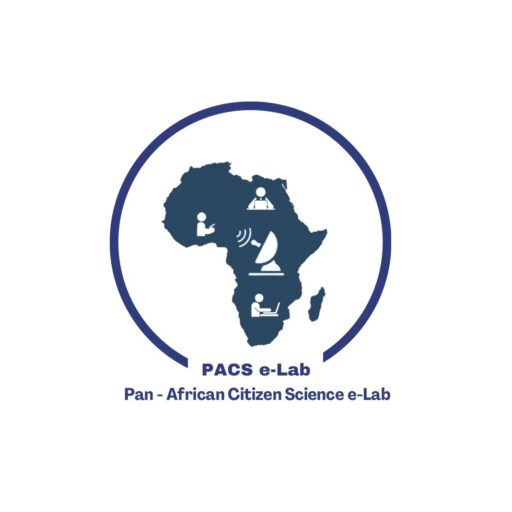Double-Star Astrometry
Astrometry is the branch of astronomy that measures the positions and apparent motions of celestial objects in the sky and the factors that influence them. Astrometry involves observing the position angles and separations of close double stars, or the positions of fast-moving asteroids relative to fixed background stars. Astrometry is a fundamental task of observational astronomy and a great way to start doing astronomical research.
At PACS e-Lab, our double star researchers use the Las Cumbres Observatory, a network of robotic web telescopes, to observe a close double star that may be gravitationally bound. Each research team measures the position angle and separation distances between the two components of the double star. Their analysis indicates whether the components are gravitationally bound binaries, common proper motion pairs that formed near each other, or random optical doubles that look close together but are actually far apart. Each team then writes, revises, and submits a drafted paper for publication in the Journal of Double Star Observations, and summarizes their research results in an online PowerPoint presentation.
This Research does not require any advanced knowledge. The teams have enough diverse skills that they can work together and complete the research in the given time
Double Star Astrometry Research Learning Outcomes
Participants who finish the Astronomy Research Seminar successfully will have:
- Learned about the nature of scientific, astronomical and double star research
- Designed a team research project that will be done during the seminar
- Collected and analyzed double-star data
- Written a team research paper
- Applied an external reviewer’s feedback to a final paper submitted for publication
- Presented the team’s research findings in PowerPoint
The below videos were recorded in the fall of 2023 during the astronomy research collaboration between the President of the Institute for Student Astronomical Research, Dr. Rachel Freed, and the PACS e-Lab teams. The research focused on double stars. Feel free to take advantage of them to educate yourself.
We obtained permission from Dr. Rachel Freed to post these videos, and all credit goes to her.
Links:
Lesson 1
Seminar Slides
Download Stellarium
How to use Stellarium
Lesson 2
Link to Stelle Doppie
Lesson 4
How to download your images from LCO
Lesson 5
During this session, Dr. Rachel Freed discussed utilizing the After Glow Access program for measurements. Each of us used the program but obtained different results. Subsequently, we turned to AstroImageJ. To use it on your computer, ensure that JAVA is installed and keep it updated consistently.
Download JAVA for windows
Download AstroimageJ
How to take measurements with AstroimageJ
